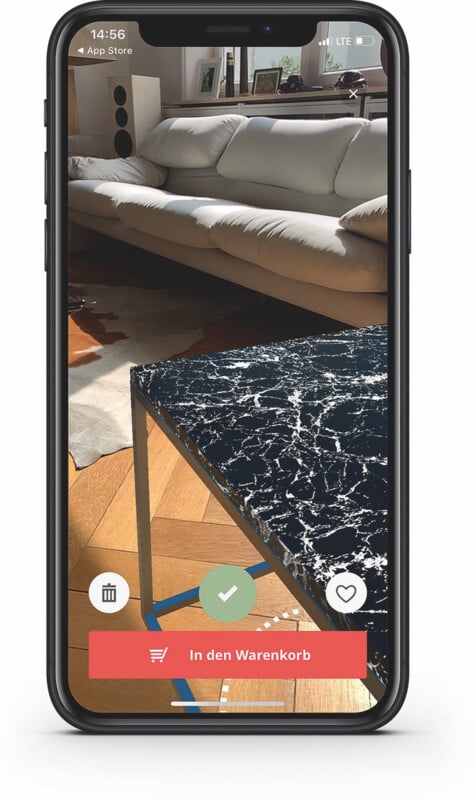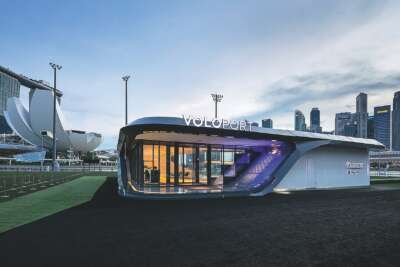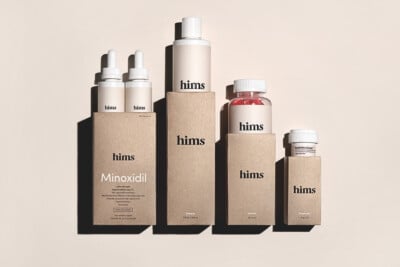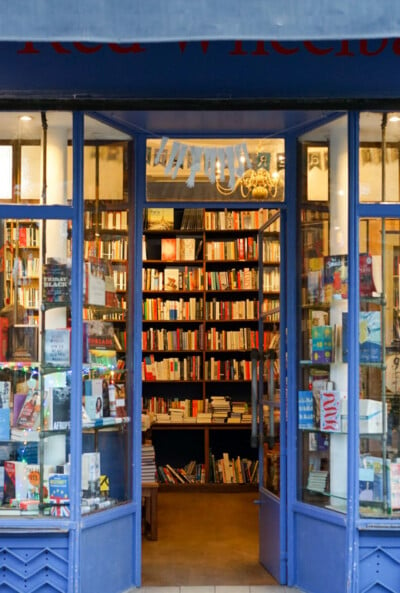From Nice to Need to Have

- AR is ready for the mass market: dream furniture from OTTO
- Photos: Parasol Island
Augmented reality is conquering the mass market.
The innovation field of augmented reality has rapidly gained momentum during the pandemic. The technology has long since become more than just a gimmick for nerds, especially at a time when e-commerce is the focus of revenue generation. Gartner, Inc. already predicted in winter that 100 million consumers would use AR functions this year to make their purchase decisions – the number is likely to be significantly higher by the end of the year due to the circumstances of Covid-19. The original forecast was based on an approximation of two billion devices in circulation worldwide that boast the right technology. The majority of these are smartphones, with the brands’ apps providing the AR features.
In the wake of the pandemic, applications of AR have become increasingly functional. While last year numerous apps employed the technology towards brand building or in-store experience, today the focus is on consumer benefit. Ikea and Amazon are among the pioneers here – with a comparatively simple but effective tool. The phone camera lets the user see how a piece of furniture will look in their own home. Paint manufacturer Dulux also enables people to virtually paint their walls in the colour of their choice before buying.
The beauty and fashion industries have also been pioneers. After Sephora broke the ground, all major cosmetics brands now use virtual mirrors to show users how products can soup up their look. This year, even Pinterest introduced an AR function, giving users the chance to virtually try on lipsticks from different manufacturers. In the fashion industry, Gap and ASOS are considered pioneers, but Uniqlo, Zara and Topshop also allow fitting outside the changing room – and simulated on the phone screen. Finally even luxury labels like Louis Vuitton or Burberry have long since followed suit.

















